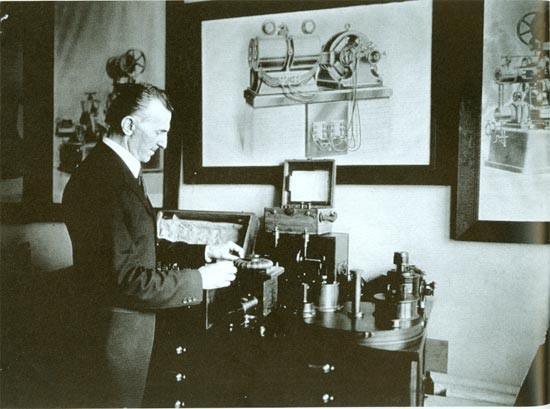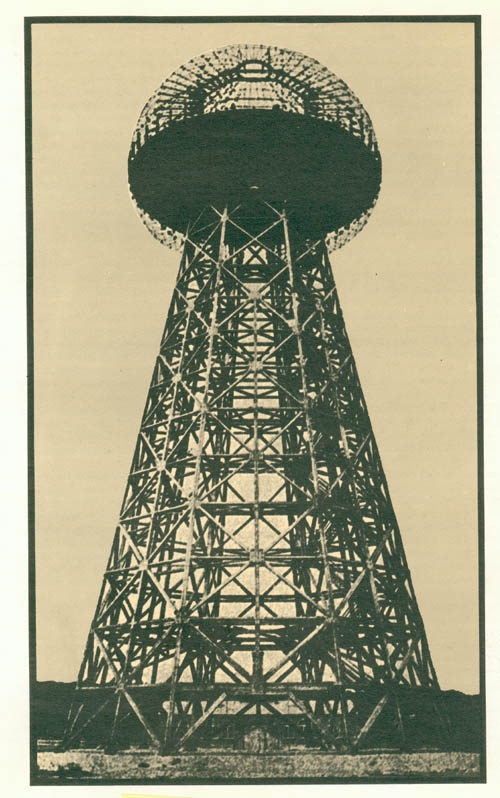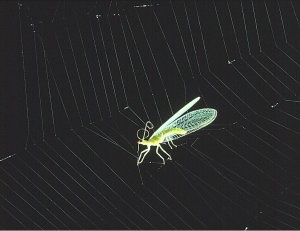Courtesy of Neomatica:
Physicists from the Hong Kong University of Science and Technology have created a thin metasurface material which functions as a near perfect sound absorber tunable to a desired frequency. Under some conditions more than one frequency is perfectly absorbed. Unlike conventional sound absorbing material that is sometimes only effective when meters thick, the metasurface is deeply “subwavelength” and therefore much thinner.
Current sound absorption materials must be of a thickness comparable to the wavelength of the sounds, which for human hearing ranges from 17 meters to 17 millimeters for low to high frequencies respectively. Low frequency sounds are therefore difficult to damp without many meters of absorbent material.
The new metamaterial relies upon a “decorated membrane resonator” (DMR) which resembles a tiny drum membrane embedded in and coupled to a solid support, in the center of which is a platelet. The dimensions explored by the research team was a membrane 9 cm across, with thickness less than 0.2 mm, holding a platelet in the center 2 cm in diameter. Crucially, the membrane’s elastic modulus must be very low for the harmonics of the metasurface to correspond to the wavelengths of airborne sounds. A reflecting backing then sandwiches a sealed gas layer.
The metasurface exhibits resonance at audible wavelengths such that there is near total absorption of sound, and dissipation of the energy along the lossy membrane. Continue reading





